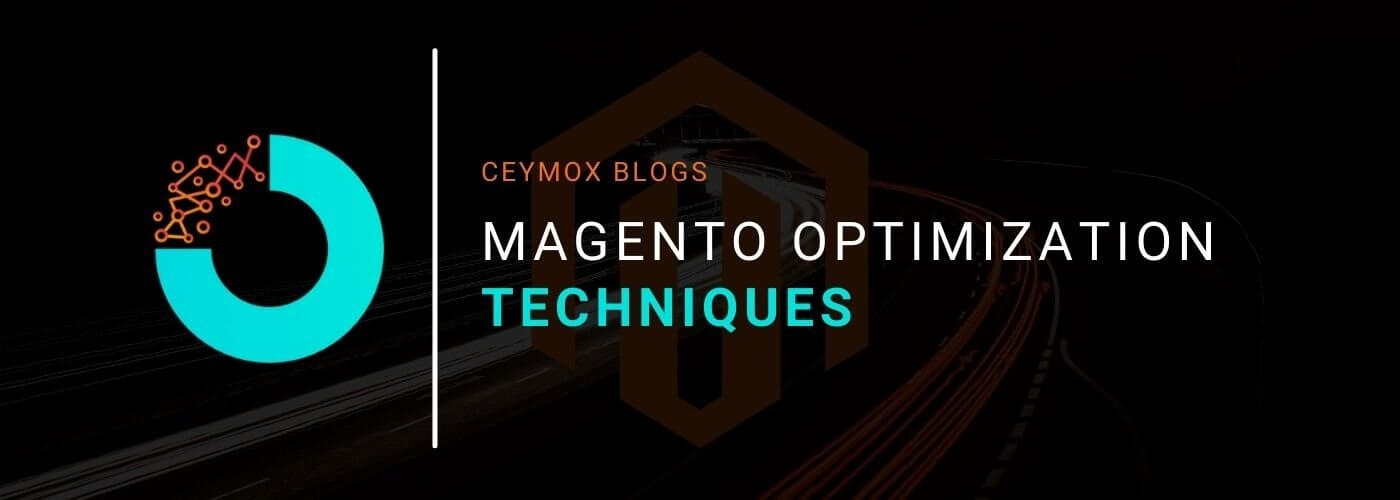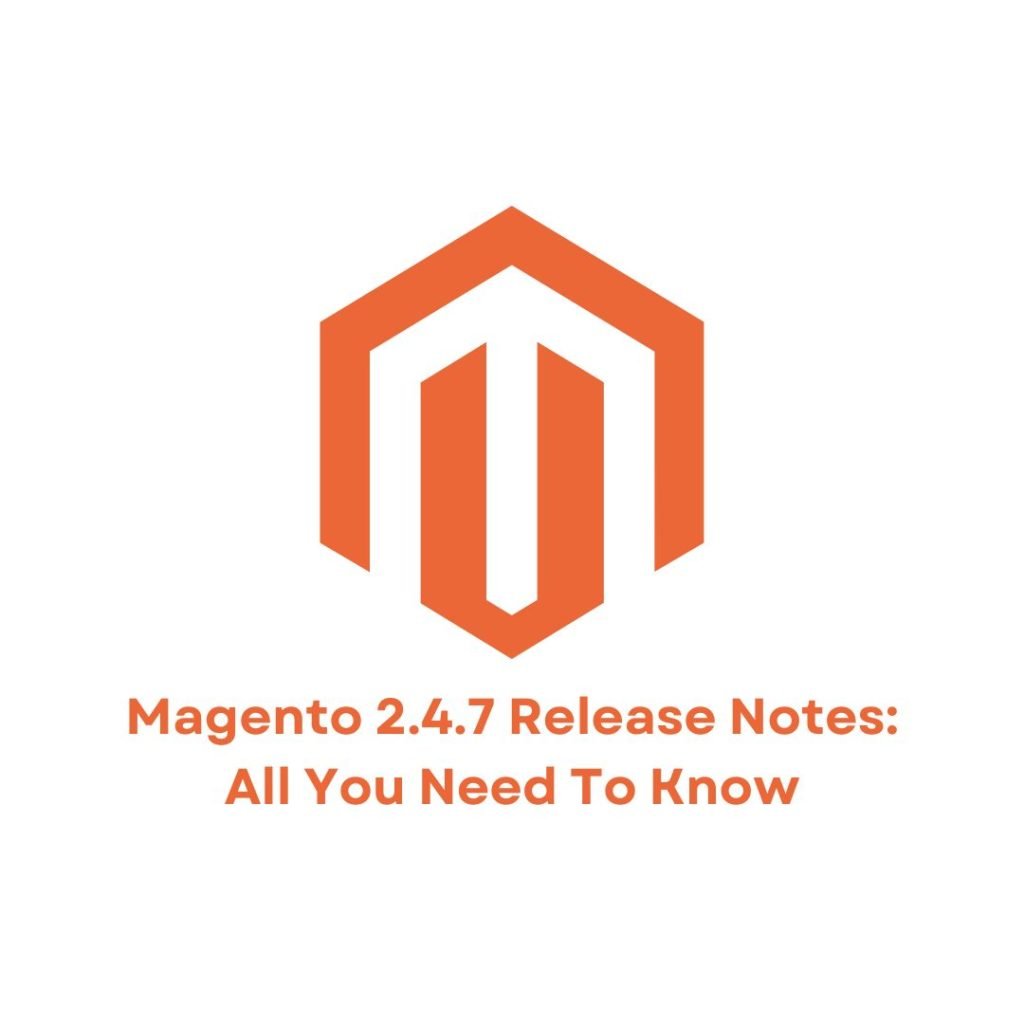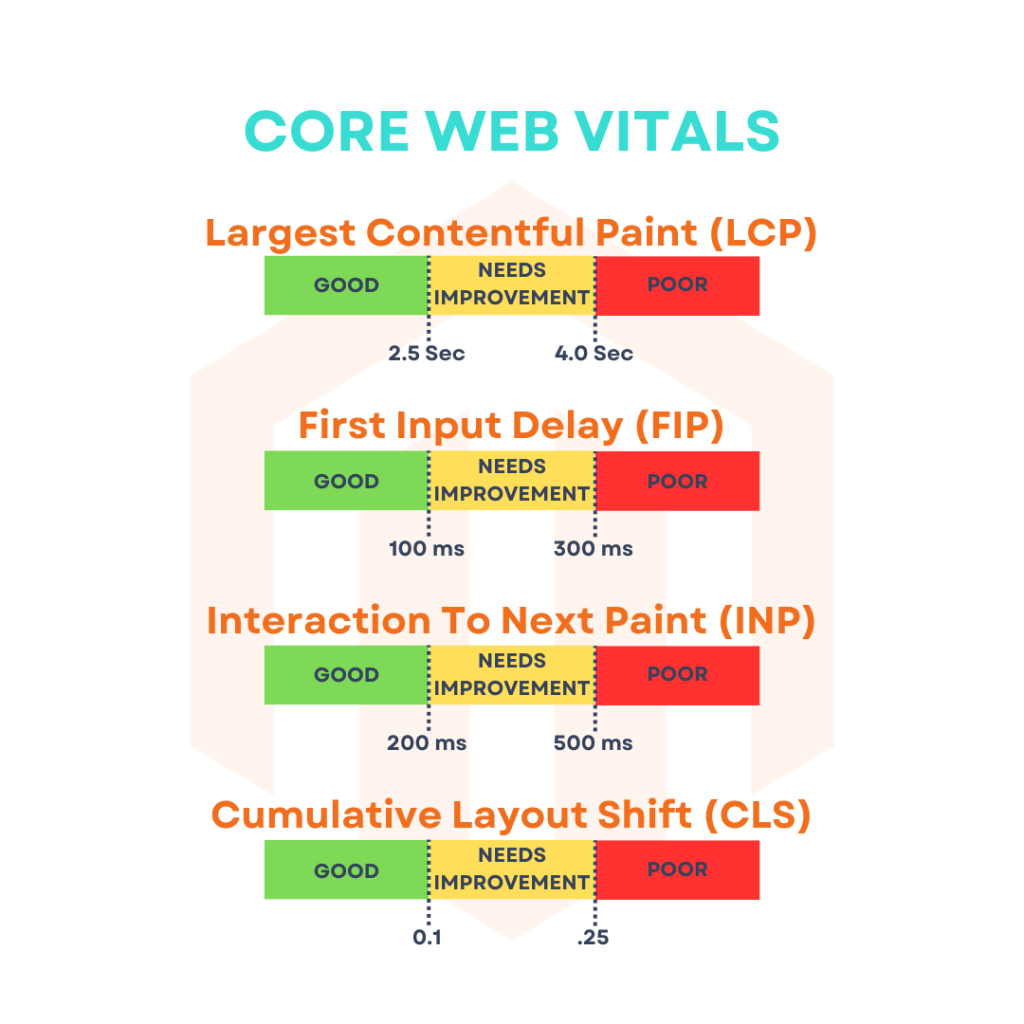
An Overview of Website Optimization
Website designers have been looking for methods to improve load times, content relevancy, and user engagement since the earliest days of the internet & e-commerce. However, the challenge of optimizing a website has always been analogous to trying to hit a shifting target. While variables like downsizing, mobile networking, & artificial intelligence have aided in moving this objective in recent years, three essential aspects are chiefly responsible for the internet’s tremendous growth:
Connection speed on the internet: From a maximum of 54 Kbps in 1988 to a current average of 10 Gbps for fibre optic connections, this technology has come a long way (10 million Kbps or 10,000 Mbps). The download time for a high-definition movie is 20 minutes when using a connection speed of 10 Mbps, 2 minutes when using 100 Mbps, and 2 seconds when using a connection speed of 10 Gbps.
The processing power of a computer: From the Intel 486 processor’s initial clock speed of 25MHz in 1989 to the Core i7-maximum 1195G7’s of 5.0GHz in 2021.
Adoption by users: In 2018, just around half of the world’s population, or 3.9 billion people, had access to the internet; by 2023, that number will rise to 5.3 billion (or 66% of the world’s population). Only in North America will 345 million users in 2023, representing 92 % of the people; of those users, 329 million will use a mobile device. Adjusted expectations accompany these shifts in pace and adoption. Sites must be quick, easy to use, pertinent, compliant, and secure to stay up with the demands of today’s online audience. This post will examine website optimization as it relates to the Magento e-commerce framework.
Magento Enhancement
Beginning as an open-source startup, the Magento platform has become integral to Adobe’s Experience Suite. It has undergone further development to increase the platform’s eCommerce capabilities to serve better online shoppers and the companies that cater to them.
Ceymox Technologies has years of expertise constructing Magento eCommerce websites and has created an efficient and successful approach to Magento website optimization.
There are three broad categories into which we divide our optimization efforts:
- Technical improvement
- Optimization of a business
- Optimization of usability and conversion
The first step of every Magento optimization job is establishing a rapport with the customer and learning about their goals. By executing the following evaluation tasks, we uncover particular optimization possibilities inside each of the buckets above:
- Magento code audit
- Magento eCommerce Examination
- Commercial exploration
By doing these analyses, we can gain a complete picture of your company, its objectives, and how your eCommerce platform’s code, business processes, and end-user experience may be improved to serve you better.
Technical Magento Optimization
Our code evaluation is the primary driver of our Magento technical optimization, which includes a comprehensive analysis of the website’s backend and front end. The following are the most common areas for optimization that we identify.
1. Version of Magento
Adobe distributes Magento security updates four times a year and Magento functional upgrades approximately twice a year. As a result, keeping the Magento website up-to-date with the current core code is a crucial first step toward preserving cutting-edge features, constant site reliability, and reduced security risks.
2. Theme for Magento
Magento’s frontend framework for website design and usability is themed. A large number of Magento themes have been developed throughout the years. There are both free and paid options, with some offering a one-time price and others charging on a subscription basis.
Magento Blank is the default Magento theme, while Magento Luma is the other basic Magento theme. Furthermore, several third-party, off-the-shelf themes are available through websites such as themeforest.net. These foundation themes may be tailored to the individual requirements of any website owner.
Some topics, in our opinion, are superior to others. This depends on your specific demands in some aspects; in others, it depends on how effectively the theme was coded.
When examining a topic, consider the following points:
- A bloated theme has too many features you don’t use and causes your site to load slowly.
- The theme was not created with usability, accessibility, or conversion optimization.
- The theme code makes use of outdated technology.
- The theme creator does not maintain the underlying theme code.
- The theme is incompatible with the most recent Magento versions.
Troubleshooting Magento websites is a standard service we provide for our customers. Sometimes the client’s current Magento theme is to blame for the issues. Therefore, we suggest developing a custom theme that will be of high speed and attractive UI. Having developers that are already familiar with custom theme development makes updates, changes, and maintenance go much more quickly and smoothly, in our experience.
3. Magento Extensions / Modules
In addition to the core Magento code, which is affected by Adobe’s changes, and the theme, which is affected by the theme developer’s updates, the extensions or modules used for a site can directly influence how well the site operates.
Website owners must consider the code quality in terms of compatibility, speed implications, scalability, and stability when choosing an extension, just as they would when choosing a theme. Both premade templates and specialized codes would benefit from this sort of examination.
Given the interconnected nature of the core code, the theme, and the extensions, our code review aids in identifying possible conflicts or inefficiencies that may be fixed by updates, code tweaks, or alternative extensions. Some developers, in our experience, routinely provide good extensions. Quality Magento extensions are developed by organizations such as Amasty, Aheadworks, Mirasvit, and Mageplaza.
Ceymox Technologies built a new Magento framework after working with Magento for over a decade, aiming to reduce the problems caused by extensions that were either badly created or implemented. This foundation provides a flexible and dependable eCommerce experience with a custom theme and chosen addons and plugins.
Infrastructure for Magento
Magento Hosting Alternatives
Regarding uptime, load times, and the capacity to add new stores, Magento’s server architecture might be just as important as the platform itself. Most Magento hosting environments will adhere to one of these models:
Dedicated or shared managed services (e.g., Nexcess, MageMojo)
Cloud computing (AWS/Azure/Google Cloud Platform/Adobe Commerce Cloud)
On-premise
Due to its high price, technical complexity, and need for professional support staff, on-premise is currently the least frequent Magento hosting arrangement. This situation may make sense for organizations with highly specialized needs, but managed-to-host or cloud hosting provides superior value for most enterprises.
To their customers, managed-to-host providers make a managed server architecture consisting of shared and dedicated servers available. Shared environments provide reduced upfront costs, but resource distribution is mainly outside the control of individual customers. While an actual environment does come with a higher price tag, businesses can rest confident that their data is secure when provided with sufficient resources and hosted on a suitably sized server.
Cloud hosting has recently gained popularity as dependability, scalability, and affordability have improved. In addition to Amazon’s Web Services (AWS), Google and Microsoft have also invested significantly in cloud computing. Cloud subscriptions enable a pool of resources to be efficiently accessed by a collection of users, with highly sophisticated load balancing optimizing this utilization. This cloud configuration provides a stable and scalable solution that is frequently cost-comparable to dedicated server solutions, provided that the initial resource subscription is adequate for your needs.
Magento Infrastructure Improvement
Business requirements and preferences often influence the selection of a hosting environment. Some settings and configurations within each context should be evaluated for optimization potential. These are some examples:
- Schema of Architecture
- Updates to the operating system’s library
- Resource allocation and configuration
- Scaling for heavy background processes or peak traffic
- Configuration of backups
- Considerations for redundancy (e.g., load balancing)
Optimization of Business
Business optimization focuses on your company’s operating elements. These include chances for integration with other company technology, support for operational procedures, and maintaining compliance with crucial regulatory requirements.
Integration of Systems
Integrations with current systems can help firms reduce the labor required to maintain accurate data across the board. Integrating your Magento store with your enterprise resource planning (ERP), customer relationship management (CRM), product information management (PIM), and any other systems that handle your products, customers, or transactions will help you reduce the amount of time spent on redundant data entry.
Workflows in Business
Understanding a company’s operational procedures enables us to discover areas where the Magento platform might boost efficiency. Here are a couple of such examples:
- A customized order grid layout may facilitate faster and more accurate order fulfillment if your company uses the Magento backend to manage orders.
- When using Magento for lead capture, you may improve the efficiency of lead capture by creating custom forms and client characteristics.
- If your support staff utilizes the Magento administration to assist clients with order management, a tailored interface may deliver the crucial data they need to do their jobs more effectively.
- Things to think about like these are crucial in helping a company get the most out of its Magento eCommerce platform.
Compliance with Regulations
While some organizations must comply with additional requirements specific to their sector or product type, most must address the following three areas:
- PCI Data Security Standard (Payment Card Industry Data Security Standard)
- Accessibility (US ADA and EU WCAG)
- Consumer privacy (California CCPA and EU GDPR)
PCI compliance: Magento’s core code takes PCI compliance into account. However, additional measures are necessary to guarantee continuous compliance. As an illustration, consider the importance of maintaining the latest version of the Magento platform. Others include keeping your SSL credentials up to date and ensuring secure internet forms that receive important information from your consumers.
ADA compliance: Adopting and maintaining accessibility standards such as WCAG and ADA compliance is more complicated. We recommend including ADA compliance best practices in the website design process. We recommend undertaking user testing for realistic compliance evaluations once the system has been constructed. To maintain compliance, it is important to establish strategies for implementing any necessary modifications to the code, content, or design.
Online consumer privacy: If you compare the federal ADA rules to the shifting target of online consumer privacy, you’ll see why the latter is more difficult to comply with. According to this New York Times Wirecutter article:
U.S. law does not provide uniform protection for all forms of personal information. In its place is a patchwork of statutes with unusual abbreviations like HIPAA, FCRA, FERPA, GLBA, ECPA, COPPA, and VPPA.
If you run a business online with clients in the United States, you should strive to comply with the states’ regulations with the strictest consumer protection standards. Regrettably, only a small number of states now have such privacy regulations; the California Consumer Privacy Act (CCPA) and its companion legislation, the California Public Records Act (CPRA), serve as an excellent example.
A site should be constructed with these standards in mind to ensure privacy compliance, as with the Americans with Disabilities Act. Since rules will undoubtedly evolve, keeping up with them must be done constantly.
Magento Security Enhancement
Compliance with the PCI DSS is a well-known, published, and endorsed requirement. Site security on its whole, however, is an issue that must be taken into account. To explain why to examine the following facts:
- It is estimated that over 163 million data have been compromised due to the 1,272 breaches that have been documented as of the end of November 2019.
- The frequency of breaches and the overall amount of records exposed in each breach continue to rise. Attacks increased by 776% globally between 2018 and 2019.
- From 7.9 million in 2018, the overall number of DDoS assaults will increase to 15.4 million by 2023.
Previously, only resource-rich or high-risk businesses would invest the time and money required to optimize their websites to provide proactive risk reduction, monitoring, and alerting. All of our customers should implement these five guidelines for the most secure Magento eCommerce experience possible.
Compliance with the PCI DSS is a well-known, published, and endorsed requirement. Site security on its whole, however, is an issue that must be taken into account. To explain why to examine the following facts:
- It is estimated that over 163 million data have been compromised due to the 1,272 breaches that have been documented as of the end of November 2019.
- The frequency of breaches and the overall amount of records exposed in each breach continue to rise. Attacks increased by 776% globally between 2018 and 2019.
- From 7.9 million in 2018, the overall number of DDoS assaults will increase to 15.4 million by 2023.
Previously, only resource-rich or high-risk businesses would invest the time and money required to optimize their websites to provide proactive risk reduction, monitoring, and alerting. All of our customers should implement these five guidelines for the most secure Magento eCommerce experience possible.
1. Maintaining an up-to-date Magento installation that includes all security fixes is essential.
2. For platform configuration, use Magento recommended practices such as
- Admin URL customization
- Require Magento admin users require two-factor authentication.
- Implementing stringent password policies (sufficiently complex and limited lifetime)
- Admin roles and users have been specified to limit access/lifetime.
3. Use a hosting firm with excellent security measures.
4. Put in place best-in-class site monitoring technologies (e.g., Sucuri or Sansec Ecomscan)
5. Set up a firewall (e.g., Cloudflare Web Application Firewall)
- Firewall default settings
- Illegal traffic is automatically detected and blocked.
- Following the customs (e.g., country blocking and allowed IPs for sensitive areas)
However, there is no foolproof method for protecting online stores; only steps may be taken to lessen the likelihood of anything wrong happening. You’ll be better off if you can take as many practical measures as possible to reduce your vulnerability to cyber attacks like hacking and ransomware.
Conversion and Usability Optimization in Magento
We look at numerous significant Magento optimization options in this section. This breakdown helps highlight the influence that Magento design, data, and configuration may have on overall site success, even though there is a lot of overlap between these three aspects.
- Site usability Site performance
- User Experience in SEO (UX)
Understanding current benchmarks and analyzing your progress over time about these benchmarks should precede any optimization attempts. This is accomplished by ensuring that analytics tools are appropriately integrated to offer the data required to make educated optimization decisions.
At the very least, we ensure that the following analytics technologies are in place and correctly tracking:
- Analytics by Google
- The Google Search Console
- Tag Manager by Google
To ensure that the actions you’re tracking align with your standard sales procedures, it’s highly recommended that you customize these tools to match your unique target demographic and sales funnel.
More analytics tools may be used to monitor and enhance marketing, advertising, social media, search engine optimization (SEO), user experience (UX), and more.
Magento Performance Enhancement
Magento Site Acceleration
One of a website’s most crucial aspects is its speed. At the most fundamental level, even if they have the greatest desire to locate your website, online shoppers have limited tolerance for a sluggish website. For instance, one study indicated that 9.6 per cent of site visitors would abandon a page if it didn’t load within 2 seconds. The percentage of visitors who leave a site increases to almost 32 per cent for pages that take longer than 7 seconds to load. You can understand how this will affect conversion rates and consumer satisfaction.
Google takes site speed into account when ranking pages for organic searches. If your website (desktop or mobile) is sluggish, it receives a lower score than those that function well. Largest Contentful Paint (LCP) and First Input Delay (FID), two of Google’s three essential performance measures, are closely tied to how quickly your site loads and presents information.
Magento has a reputation for being a powerful yet resource-intensive eCommerce platform. While the release of Magento 2 enhanced native site speed, the performance of Magento needs to be adjusted by a qualified developer.
Here are the top ten methods for increasing the performance of your Magento site:
- Magento and PHP should be updated to the most recent stable release.
- Image optimization
- Remove “heavy” components from your theme or switch to a faster-loading theme.
- Implement appropriate caching (consider Varnish)
- Javascript should be optimized by removing unnecessary or poorly written code.
- Examine the effects of third-party addons on speed.
- Use Magento database optimization.
- Ascertain that the hosting architecture is suitably scaled and configured.
- Leverage a CDN (Content Delivery Network) (e.g., Cloudflare)
- Optimizing the speed of your Magento website is one of the best things you can do for search engine optimization, user experience, and conversion rates.
Optimization for Mobile Devices
Our customers come from a wide range of sectors, and their businesses might be B2B, DTC, B2C, or a combination. At least 60% of all internet traffic comes from mobile devices, and that’s in the most conventional online business environments. It is not unusual for that number to exceed 80% for consumer-facing websites. Across the world, this is a growing trend:
- By 2023, more than 70% of the world’s population will be mobile-connected.
- By 2023, more than 10% of all mobile devices and networks throughout the world will be 5G.
- There will be 13.1 billion mobile devices in use worldwide in 2023, up from 8.8 billion in 2018; of these, 1.4 billion will support 5G networks.
If your Magento site is not mobile-friendly now, or if you have no plans to make it so short, you risk losing a substantial portion of your client base as they turn elsewhere for a shopping and engagement experience.
Search Engine Optimization for Magento (SEO)
We utilize Google Search Console in the manner outlined above to learn how well a site does in terms of user queries. Based on the information gathered by this instrument, we pinpoint modifications to the area that will have a positive impact on search engine optimization. We aim to answer the following questions:
- Does one find your site when using Google?
- Is the website’s material good quality and relevant to the intended audience?
- Is the company appropriately represented in local search results? (From the Google Merchant Center)
- Is the website set up to produce high-quality results?
- What measures have been taken to ensure that Magento product feeds rank highly in search engine results?
- In most cases, a customer already has the first three items on their list of priorities. The last two points are particularly problematic since they are less well-known and frequently overlooked.
Google’s search results page can be enhanced with rich results (formerly known as Rich Snippets) if the site has been set up correctly to provide Google with the information it needs to provide those results. Rich results are created algorithmically by incorporating structured data markup into relevant sections of your website. Google’s algorithms are more likely to display your rich result in Google’s search results if the markup on a page provides an accurate description of the website’s content and is current, visible, and simple for people to find on your page. Visit Google’s collection of Rich Result examples for more information about Rich Results.
The Magento product feed is critical for effective search engine optimization. When a user searches on Google for a certain product, the search engine often displays a carousel of information about the product, such as photographs, reviews, and pricing, on the first page of search results. Furthermore, the Google Shopping page offers a far more complete selection of relevant items. These highly competitive industries rely heavily on your Magento product feed’s effective usage of structured data.
Magento Usability Improvement
A quick site has high SEO, and is mobile-ready is not always designed for usability. We divide usability into three categories:
- UX evaluation
- Merchandising and Taxonomy
- On-site lookup
Analyzing the Magento User Interface and Experience
The study of how users interact with a product is its field of study within the larger design field. We employ UX study to better understand a client’s target audience. To achieve this, we research the company, stakeholders, and clientele to develop buyer personas and map their paths to discovery, interaction, and conversion.
Based on this data, we can provide the design team with actionable recommendations to increase the site’s conversion rate.
Implementing a Taxonomy and Merchandising Strategy for Magento Products
Visitors have a limited tolerance for wasting time online, which is why fast site performance is critical to a website’s success. The site has to be quick to load, but it also needs to be easy to navigate so that users can quickly discover what they’re looking for. A company’s product taxonomy and merchandising should be the primary targets for optimization towards this end.
Taxonomy is the method through which you organize your product assortment. Typically, there will be two levels of categories, with each level further subdivided into individual goods. A subcategory may be added to the mix for more complicated product groupings. You need to make sure that your taxonomy is straightforward, consistent, and simple to use however you construct it.
On-Site Search Engine Optimization
On-site search is, in a sense, taxonomy’s accomplice. A text search component plus an item filter/refinement component make up this feature. Each of these two sections may be set utilizing Elastic Search within a standard Magento installation.
Auto-complete, search synonyms, redirects, attributed weighting and recommended results are some features that may be enabled under the text search settings.
Although the category/product taxonomy gives a high-level overview of items, users frequently wish to narrow their searches by utilizing important product properties. Price, rating, and availability are all common criteria. Specific characteristic filters can substantially improve your site’s usability in particular distinct product kinds – this information is typically gleaned through the UX as mentioned above.
Wrapping Up:
At Ceymox Technologies, the best Magento development company in India, we are having expertise in developing and optimizing Magento stores from scratch. Let us know your requirements.
 Hubspot SEO Certified |  Hubspot SEO II Certified |  Google Ads Search Certified |  Google Analytics Certified |
Sreehari N Kartha is a skilled Digital Marketing Analyst at Ceymox, certified in SEO. His expertise encompasses a wide range of digital marketing strategies, including managing advertising campaigns on platforms like Google Ads, Facebook Ads, Instagram Ads, WhatsApp Ads, and LinkedIn Ads. With a strong foundation in SEO and SMM, Sreehari is adept at optimizing online visibility, driving engagement, and generating qualified leads and conversions. His passion for emerging technologies, such as Crypto, NFTs, and Web3, further complements his skillset, enabling him to navigate the dynamic digital landscape.
View All Articles








